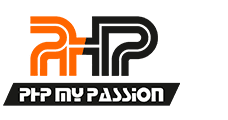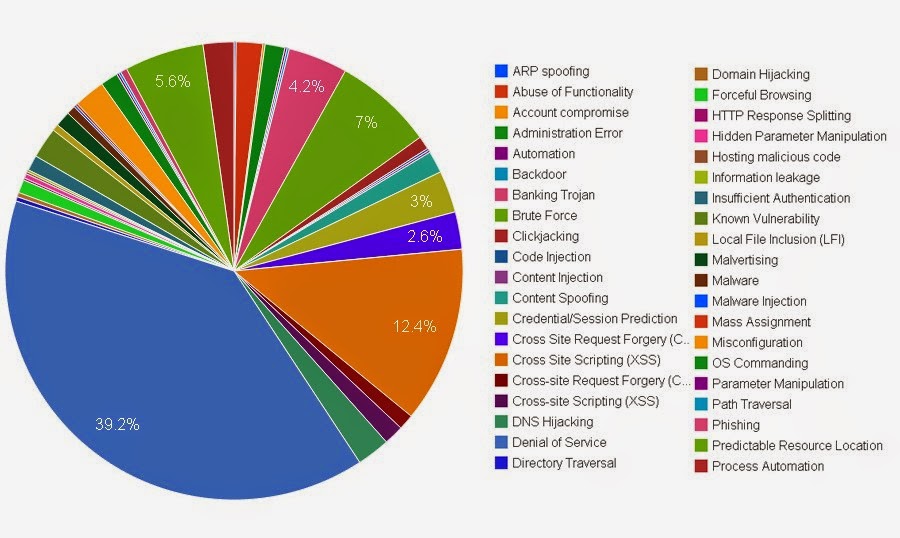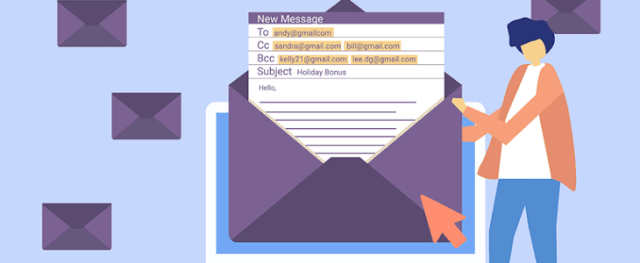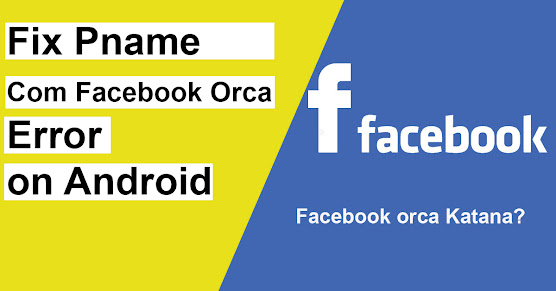Common PHP Security Vulnerabilities and Prevention
PHP is a widely used language for dynamic website development, but its public accessibility makes web servers vulnerable to attacks. This article explores five common PHP vulnerabilities, their implications, and prevention strategies to help developers create secure applications.
SQL Injection
Overview
SQL injection targets database-driven websites by exploiting unvalidated user inputs. Attackers inject malicious SQL queries to manipulate or delete database content.
Example: An unprotected query like:
$query = "SELECT * FROM users WHERE username = 'niki'";
Can be exploited with:
$query = "SELECT * FROM users WHERE username = '' or '1=1'";
This returns all user data, exposing sensitive information.
Implications
Attackers can access, alter, or delete database content, including usernames, passwords, and other sensitive data, potentially defacing the website or gaining administrative privileges.
Prevention
- Validate, verify, and sanitize all user inputs before processing.
- Encrypt sensitive data (e.g., passwords) using SHA-256 or stronger algorithms.
- Remove technical details from error messages to avoid exposing database structure.
- Disable error messages or use custom error handlers.
- Limit database permissions to minimize attack impact.
- Use prepared statements or stored procedures to abstract data access.
- Filter out dangerous SQL keywords like
INSERT,UPDATE,DROP, andUNION.
Remote File Inclusion and Remote Code Execution
Overview
Remote File Inclusion (RFI) allows attackers to include malicious files on a server, often due to improper use of include() or require() functions when register_globals is enabled or allow_url_fopen is on in php.ini.
Implications
RFI can lead to remote code execution, enabling attackers to run system-level code, steal data, or execute client-side attacks like Cross-Site Scripting (XSS) or Denial of Service (DoS).
Prevention
- Disable
register_globals(off by default in modern PHP versions). - Set
allow_url_fopenandallow_url_includeto off inphp.ini. - Enable
safe_modeto enforce user ID permission checks (note: deprecated in PHP 5.4+; use modern alternatives). - Validate and sanitize all user inputs; avoid including files from remote servers.
- Restrict user privileges to the minimum necessary.
Cross-Site Scripting (XSS)
Overview
XSS involves injecting malicious client-side scripts into a website, which execute in a user’s browser, often through unvalidated input fields.
Implications
Malicious scripts can steal cookies, session IDs, or redirect users to malicious sites. XSS can also enable keylogging or Cross-Site Request Forgery (CSRF), compromising user accounts.
Prevention
- Escape HTML and JavaScript characters (e.g.,
<to<) using functions likehtmlspecialchars(). - Use alternative syntax like BBCode for user-generated content in forums.
- Convert non-HTML output to plain text using
htmlspecialchars(). - Rigorously test websites for vulnerabilities before launch.
Session and Cookie Hacking
Overview
Session hacking involves stealing or reusing session IDs to impersonate users, often targeting cookies that store session data.
Implications
Attackers can gain unauthorized access to user accounts, especially dangerous for administrative accounts, leading to data alteration or theft.
Prevention
- Use
session_regenerate_id()on login to assign fresh session IDs. - Revalidate users for sensitive actions (e.g., password resets).
- Encrypt sensitive session data using
sha1()or stronger algorithms. - Use SSL/TLS for secure connections when handling sensitive data.
Directory Traversal
Overview
Directory traversal exploits allow attackers to access restricted files outside the web root by manipulating URLs or input fields.
Implications
Attackers can access sensitive files, source code, or system files, potentially modifying or deleting critical data.
Prevention
- Sanitize user inputs, filtering out meta-characters (e.g.,
../). - Store sensitive configuration files outside the web root.
- Normalize file paths to prevent encoded character exploits (e.g.,
%20to spaces). - Use security software, patches, and vulnerability scanners.
Conclusion
Security is an ongoing process. By addressing these vulnerabilities—SQL Injection, Remote File Inclusion, XSS, Session Hacking, and Directory Traversal—developers can build robust PHP applications. Consider hiring experienced PHP developers for accurate and efficient security implementation. For professional services, visit tisindia.com.




We are a professional and low cost web design company in India. Get an entire website design and development in $200.